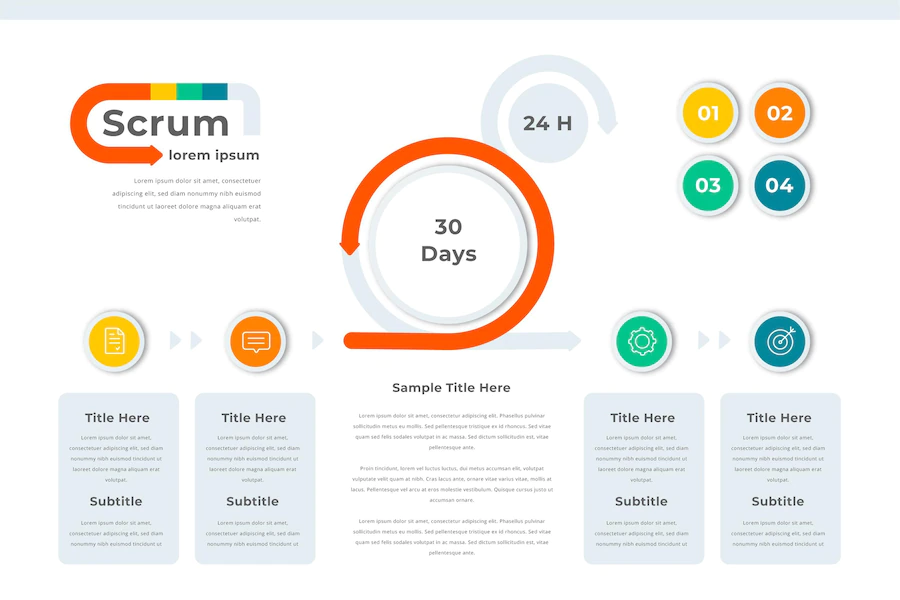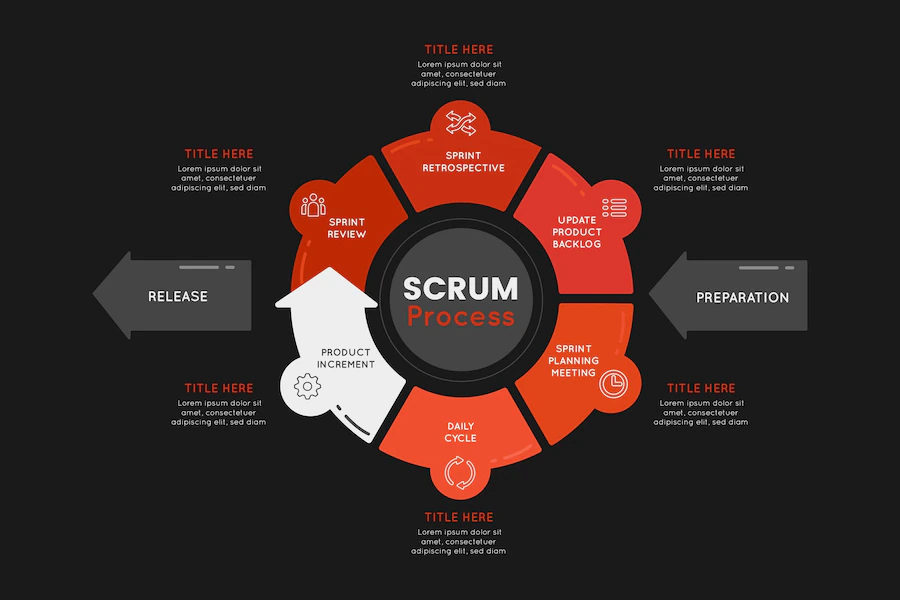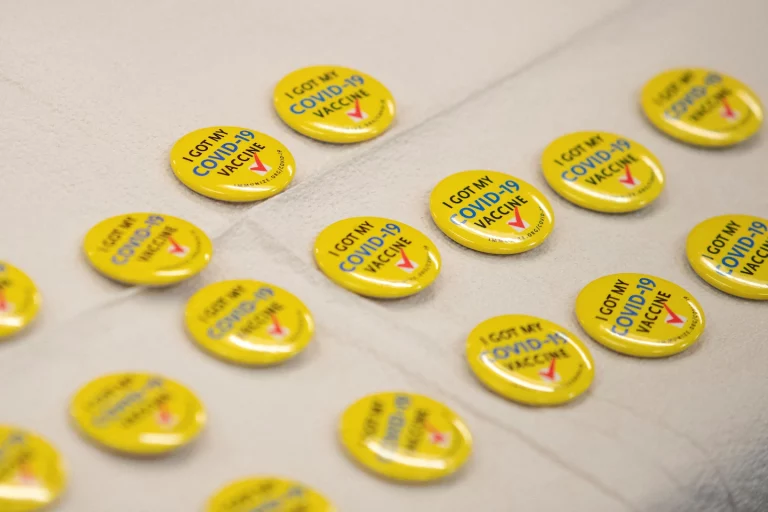Scrum for project management

What is scrum?
The Scrum agile methodology and its definition were first introduced by Jeff Sutherland in 1993. Jeff based his idea on a 1986 Harvard Business study.
Scrum project management, as you already know, is an iterative process of project management. Scrum focuses on achieving maximum value in minimum time.
It is accompanied by sprints, short periods of time (usually 2-4 weeks) in which a specific task must be completed. During this period, changes to the Scrum boards are not allowed: iterations can only be made once the sprint is over.
In the Scrum development methodology, we have three main roles: the product owner, the Scrum Master and the Scrum team.
The role of the product owner is to create the product backlog and share his plans and ideas with the Scrum team.
The product owner is also responsible for ensuring the product’s profitability during its development.
The product owner ranks the features according to their importance and can accept or reject the work as it is completed.
The Product Backlog shows all the features that need to be developed during the Scrum Sprint.
It also contains user stories.
A user story shows the product being developed through the eyes of the user. It essentially illustrates the steps the user must take to accomplish a task in your software. You then work to improve the Scrum software based on the user journey (story).
The Scrum Master reviews the Product Backlog and then creates the Scrum Backlog. The Scrum Backlog lists all the tasks that need to be completed during the Sprint.
The Scrum Master encourages and supports the team during the work process, but does not act as a manager. The Scrum Master’s task is to keep the team focused on the project and away from external distractions.
The Scrum team needs to organize itself and everyone needs to know exactly what they need to do without having someone to guide them 24/7. In addition, the cooperation between team members must work smoothly.
Every day, the Scrum team holds a Scrum stand-up meeting that lasts between 5 and 15 minutes. Everyone talks about what they did yesterday, what they will do today and the challenges they face. This is also the time to ask for help, if necessary.
The Scrum team also uses burndown charts to track their progress.

What are the advantages of the Scrum method?
When problems arise, they can be easily solved in a short time. When a Scrum sprint is over, the team can work through and resolve any issues that have arisen previously.
Also, with daily Scrum meetings, the team is usually on the same page and clear on what to do next. If someone is behind, the others can get them back on track.
Accountability is at a very high level when using Scrum project management. This is because there is no manager to micromanage the team. The team members have to be responsible for their tasks and make sure that they meet the customer’s requirements.
What are the disadvantages of using the Scrum method?
The team must be fully involved in using the Scrum framework.
This is usually the case because there is no manager and continuous iterations are always required. If there is no one to lead the team, the people on the team must have the experience to manage the situation professionally and ensure that the end results are achieved.
Using the Scrum framework is using Agile. Without a clear picture of the final product, it can be difficult to establish a final deadline and cost estimate.
However, if you meticulously calculate the number of weeks and hours needed to complete the project, you can make accurate estimates.
Now that you are familiar with Scrum, let’s look at project management with Kanban.

Similarities between Kanban and Scrum
- Kanban and Scrum are two agile methodologies that adhere to flexible working methods.
- They allow for constant iteration, which speeds up the delivery of software to satisfy customers along their shared journey.
- Kanban and Scrum also allow the team to work on multiple tasks simultaneously, unlike Waterfall, where one must work on one task at a time.
- Scrum and Kanban also provide limits for work in progress. However, the way these limits are built into the process is different.
- Both use pull systems.
- Their main goal is to deliver excellent software quickly to satisfy customers.
Differences between Kanban and Scrum
- There are also important differences between Kanban and Scrum.
- Scrum is based on a set of roles such as product owner, scrum master and scrum team. Whereas with Kanban, there are no specific roles in the team.
- Also, Kanban allows constant iterations almost whenever you want. Whereas with Scrum, you can only add stories and make changes when the sprint is over. During the sprint, you are not allowed to add new stories or make changes.
- In Kanban, products and features are delivered continuously, whereas in Scrum, they are delivered at the end of the sprint.
- When the sprint ends, the Scrum board is restarted. With Kanban, the Kanban board is worked on continuously until the end of the project.
- Also, in the Kanban system, a task is deleted when the previous one has been completed. With Scrum, an entire group of tasks is deleted at once.
- Scrum requires rough estimates of time and cost for sprints, whereas Kanban does not.
- Finally, both agile frameworks have work-in-progress limits. However, Scrum’s WIP boundary is built into each iteration, whereas Kanban’s boundary is in each workflow.
- In summary, if you’re looking for a more rigid model with rough estimates of deadlines and costs, choose Scrum. Otherwise, go with Kanban. And by the way, there’s nothing to stop you from using Scrum and Kanban at the same time. But you may feel a bit overwhelmed.







